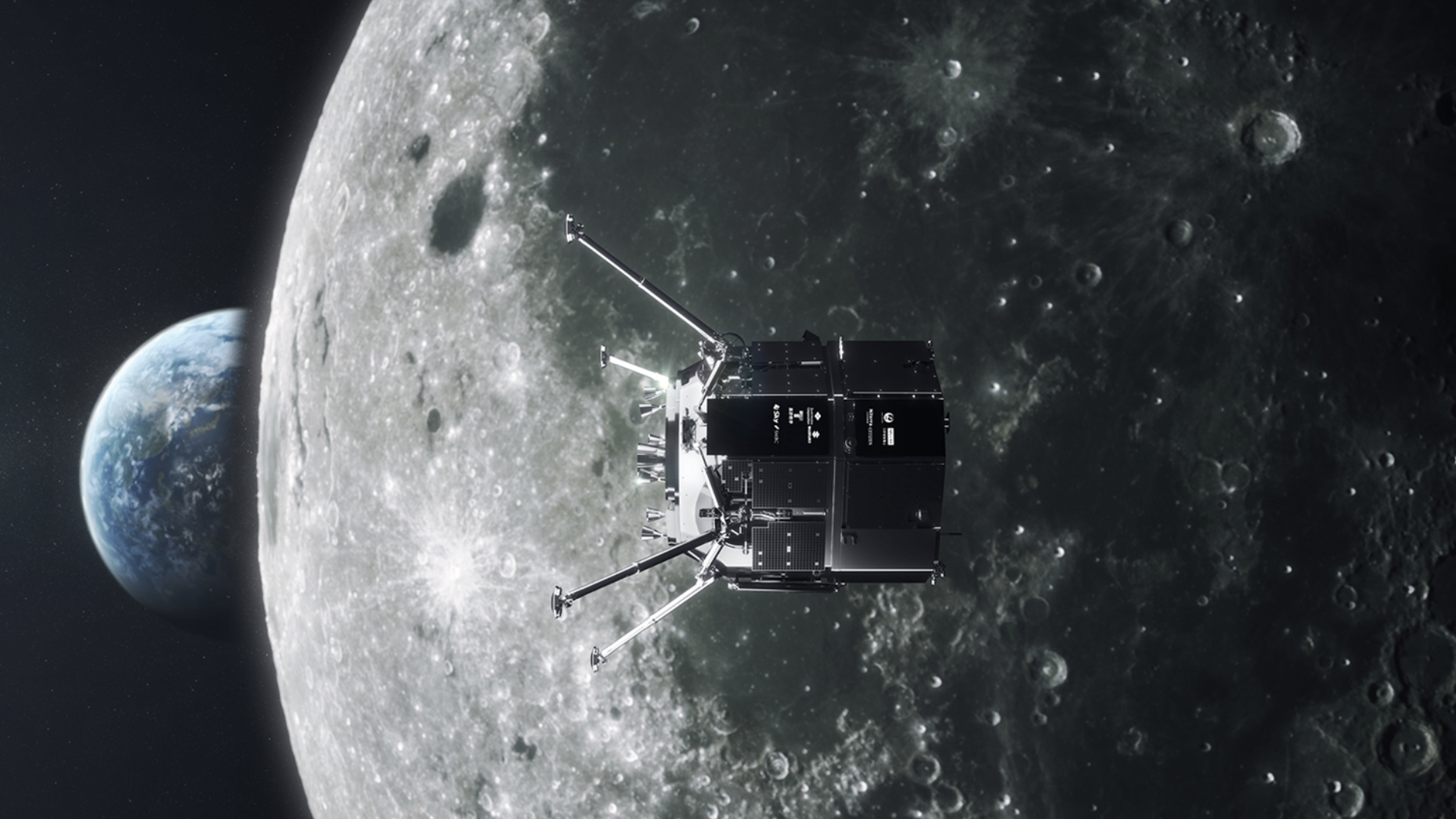Watch A Company Attempt The World's First Commercial Lunar Landing [UPDATE]
Touchdown is expected for 12:40 p.m. EST this Tuesday
The Moon is quite the happening place these days. This week, a private company is making a go at a lunar landing. If successful, the Tuesday landing would also mark the first time Japan has landed on the moon and the first time an Arab county has explored the lunar surface.
Updated Tuesday, April 25 2:30 p.m. EST— Unfortunately, ispace did not manage to stick the landing. The space exploration company lost contact with the Hakuto-R and declared the last leg of the mission unsucessful, CNN reports
In case you missed it:
-
Jalopnik Just Doesn't Get the Hype Around These Popular Cars
-
Here's Video of the F-150 Lightning Fire That Made Ford Stop Production
-
Here's Another Reason They Want You to Be Mad at Dealers
The Hakuto-R was launched by ispace way back on December 11, 2022. It's spent the last 135 days on its way to the moon and reached orbit earlier this month. Onboard are two small rovers, one of which is a 22-pound rover sent up by the United Arab Emirates. The other rover is the product of a Japanese toy company. If successful, Japan will join the U.S., China, and the Soviet Union in the exclusive club of countries that have landed spacecraft on the moon.
The landing is currently on track to touch down at 12:40 p.m. Eastern Standard Time. Watch the livestream starting at 11 a.m. right here:
As the lander gets closer to the moon power management becomes more challenging for the ground crew, according to Sasha Ivan Hurovitz: Spacecraft Avionics Systems Engineer:
As our M1 lander approaches the lunar surface, the Moon occupies more of the lander's field of view. This causes the Sun to be blocked for more time, which poses a challenge for power management and power generation. Through careful testing and analysis, the ispace engineering team has prepared for this and has led the lander through the longest periods of eclipse successfully.
It's not just power management that poses a threat to the mission, however. This isn't the first time a private company has attempted to land on the moon. As Vice notes, an Israel company made an attempt in 2019, but the craft crash-landed. Seems rocket science, isn't all that easy. From Vice:
It is very difficult to achieve a "soft landing"—as opposed to a hard crash landing—on any extraterrestrial surface. Many lunar surface missions have failed over the decades, including recent examples such as India's Vikram, a lander that also crashed into the Moon in 2019, and Japan's OMOTENASHI, a lander that suffered a communications breakdown after its November 2022 launch. An exception is China's ongoing Chang'e series of Moon landers, which have all successfully touched down on the lunar surface so far.
Some space companies believe there is a future market for lunar exploration that could include resource prospecting and space tourism. To that end, a new rush of commercial missions will be attempting to soft-land on the Moon in the coming years. For instance, Astrobotic Technology and Intuitive Machines, which are both American companies, are currently on track to land spacecraft on the Moon in 2023 as part of NASA's Commercial Lunar Payload Services (CLPS) program.
Of course, Japan and the UAE aren't the only ones getting close and cozy with our largest natural satellite. NASA's Artemis 1 moon mission was a smashing success once it actually got in the air. Next year, humans will return to the Moon's orbit for the first time in over 50 years with the Artemis 2 mission, with boots in the dust scheduled for some time in 2025.
